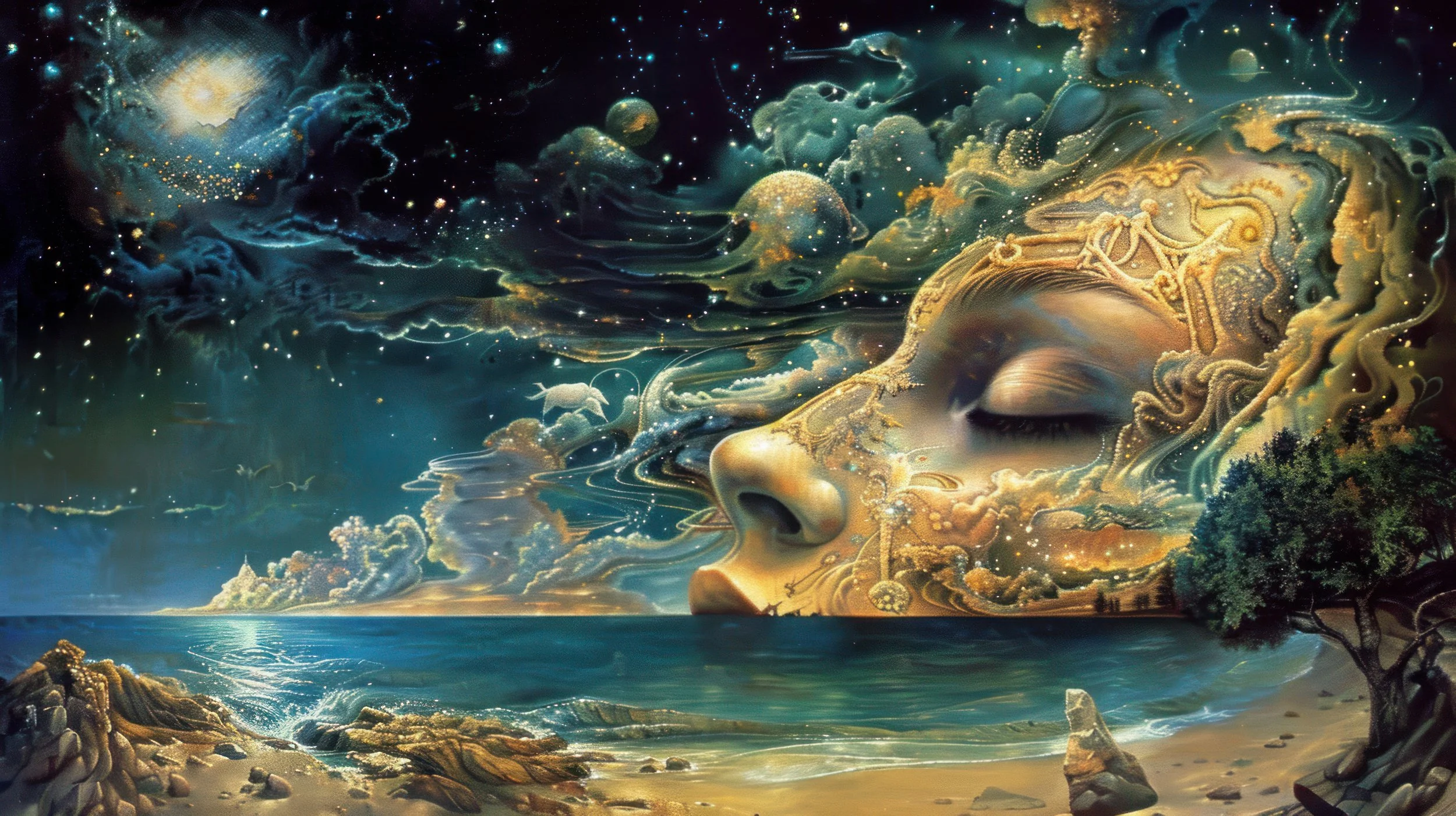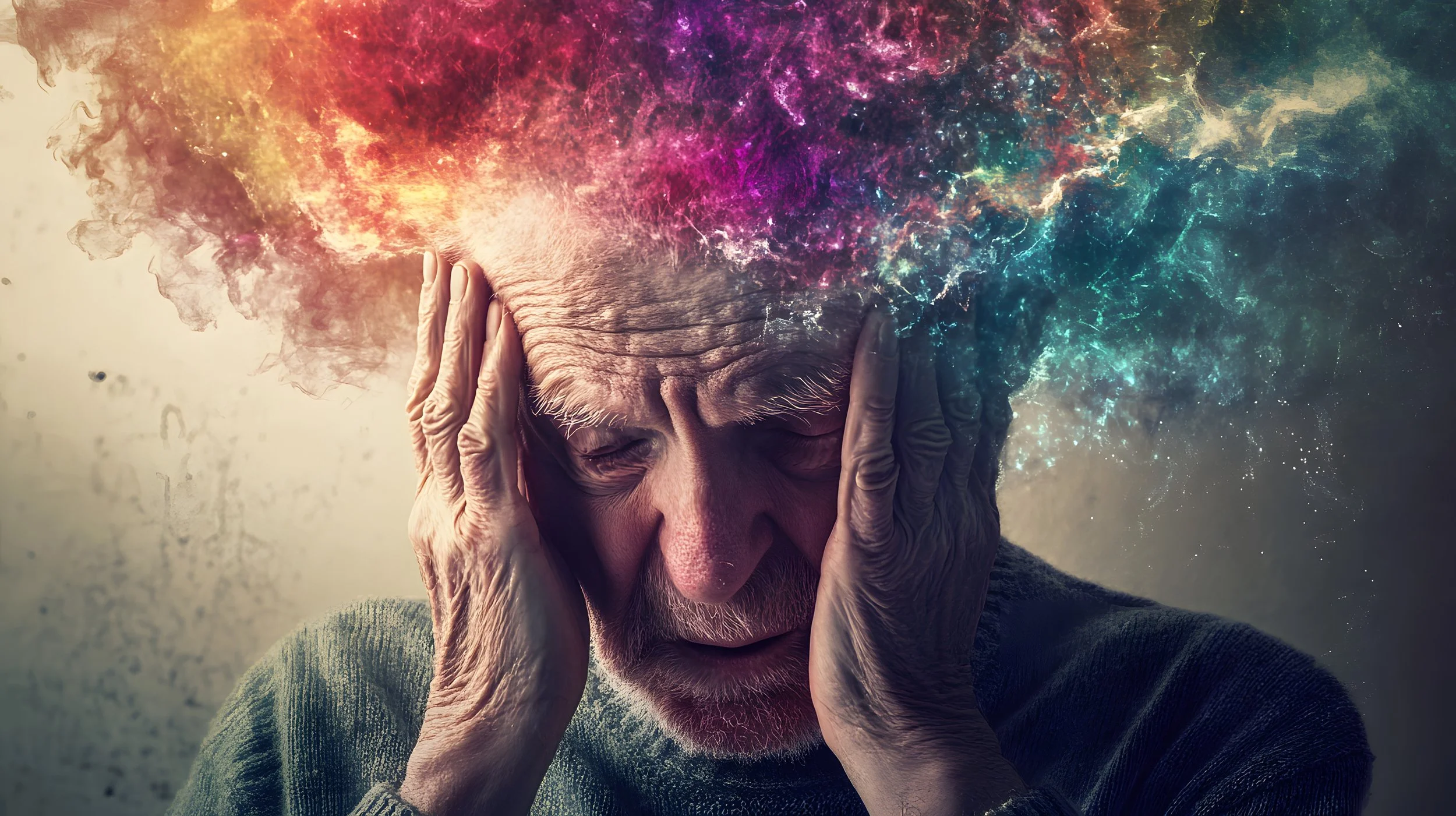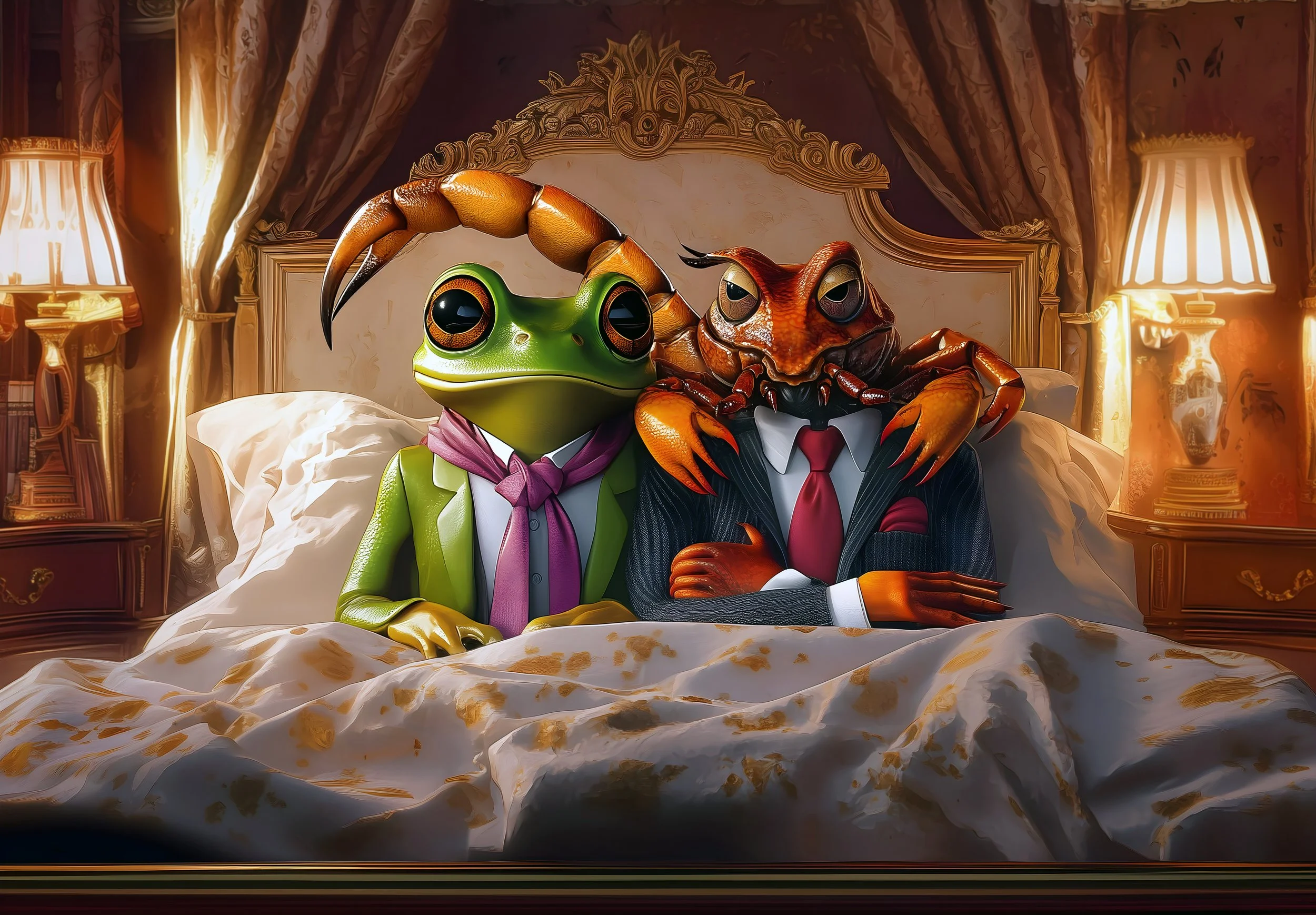Dreamwork as a Path to Wholeness
A jungian Inspired Guide
Every night, we drift into the fantastical landscape of our dreams—an intimate realm where the unconscious whispers in symbols. From the first flutter of a butterfly to the sudden drop in an elevator, dreams invite us to explore deeper parts of ourselves. As Jungian psychology reveals, these nightly narratives aren't random—they're ripe with meaning. In this post, I’ll guide you through how to harness Jungian dream analysis to illuminate your inner world—and yes, your dreams truly matter.
Dreams as Soul Messages
Inspired by the teachings of Carl Jung and Marie-Louise von Franz, it’s wise to look at dreams as more than random images—they are communications from the unconscious – both your personal and that of the collective field. Von Franz wrote, "Dreams are like a letter from God... delivered to the addressee and not to anyone else." In this sense, dreamwork is a sacred conversation with the deepest parts of ourselves.
Archetypes and Their Evolution
Dreams often reveal archetypal energies—universal patterns such as the Shadow, Anima/Animus, Hero, or Wise Old One. These archetypes are not static; they evolve. By tracking them over time in your dreams, you can witness how your own inner architecture matures and transforms.
For instance, when you use prompts like: What archetype does this figure represent? How has this energy shifted across dreams? you enter into a conversation with yet another archetype, that of the Self or the Dream maker. This rich cumulative archetype represents your wholeness, the many dimensions that weave together to create the tapestry of who you really are.
Childhood Dreams: Echoes from the Soul’s Origin
Jung said dreams are messages from the unconscious - but Process Oriented Psychology (developed by Arnold Mindell, PhD, a Jungian analyst himself) adds a vital layer: our earliest dreams often carry the seed of our life’s path. Mindell believed that childhood dreams aren’t just random flickers of imagination—they're core messages from the psycho-spiritual organizing principle he called the “dreambody,”. They reveal deep truths about you before culture, trauma, or identity took hold. They point to the essential myth of who you are and what your soul came here to embody.
“Your first remembered dream,” Mindell writes, “is often a hologram of your life myth.”
Why Childhood Dreams Matter
· They offer a pure, unfiltered glimpse into your psyche before ego adaptation.
· They often feature lifelong themes: recurring symbols, emotional patterns, or archetypal tensions.
· These dreams act as a soul compass, whispering what you may have forgotten but never lost.
Reflective Prompt: Your First Dream
Take time to recall your earliest remembered dream. Sit with it. Write it out in detail.
Then ask:
What symbols or figures appear?
What emotion did I feel—curiosity, terror, wonder?
Where does this same energy show up in my adult life?
What aspect of my life myth might this dream be pointing to?
Tip: If you can’t remember your first dream, recall a vivid childhood image, memory, daydream, or fantasy that stuck with you. These often carry the same mythic charge.
The Dreambody Speaks
Mindell’s Process Work reminds us that dreams don’t just live in the mind—they live in the body. That early dream may show up later as:
a recurring physical tension,
an unexplained fear or craving,
a fascination you can’t explain.
By revisiting that childhood dream and noticing how it still lives in your body, you begin to align with your personal myth—a kind of inner blueprint for your deepest becoming.
Responding to Difficult Dream Energies: Befriending the Messenger
Not all dreams are beautiful. Some are terrifying. Some are dark, confusing, or leave you with a heavy feeling in your chest long after waking. In Jungian and Process-Oriented dreamwork, we don’t try to get rid of these energies—we get curious about them.
In fact, the more intense the dream, the more urgent its message may be.
“Every feeling, every image, even the monster at the door, carries a piece of your soul trying to return home.”
— inspired by Jung and Process Work
Instead of Interpreting, Ask
When you encounter a troubling image—a shadowy figure, a flood, a fall, a fight—pause. Resist the urge to fix it or decode it too fast.
Instead, ask:
“What are you trying to tell me?”
“What part of me do you represent?”
“What do you need from me?”
Let the image speak. Let it move. Sometimes just this inquiry opens the locked door. Often, what first seems threatening becomes protective, ancestral, or initiatory in disguise.
Reframing the Nightmare
What if the monster isn’t here to destroy you, but to encourage you to unfold your wholeness?
What if the storm is clearing space?
What if the collapse is initiation?
Jung often reminded us that the unconscious isn’t moral—it’s symbolic. What looks like chaos may be calling you into depth, transformation, or healing you can’t yet see.
“The dream is not a problem to be solved, but a presence to be met.”
Develop Your Own Dream Lexicon
While dream dictionaries can provide a perspective on archetypal context, your own inner resonance is the most trustworthy guide. So, ask yourself:
- What does this symbol mean to me?
- Where have I felt this before?
- What emotion or memory is connected?
By tracking recurring symbols in your dream journal, you build a personal mythos that is rich, meaningful, and alive.
Dream Prompt: Tracking the Evolution of Your Archetypes
Use these questions after recording a dream—especially if it includes strong emotional tone or recurring figures. Over time, patterns will emerge that reflect how your psyche is changing.
-
Who or what stands out most in this dream?
Is there a guide, enemy, lover, parent, or child figure?
Do they feel familiar, or completely other?
What archetype might they represent (e.g., Shadow, Anima/Animus, Hero, Wise One, Trickster)? -
How do you feel toward this figure now, compared to past dreams or waking life?
Are you more curious than afraid?
Do they feel more human, less monstrous?
Has your attitude toward this energy softened or shifted? -
Has this figure shown up in other dreams?
What did they look like then versus now?
Did they behave differently?
What might their transformation say about your own growth? -
If you could speak directly to this figure, what would you ask?
What might they say to you in return?What do they want from you?
What are they teaching?
-
What’s one action you can take in waking life to honor this archetype’s evolution?
Is there a ritual, creative act, or boundary that aligns with this energy?
How might you embody more of what this dream figure represents?
Your dreams are not random—they are mirrors, messages, and mythic invitations. By staying with their images, asking gentle questions, and trusting your own symbolic language, you are not just interpreting dreams. You are becoming whole.
"You’re not alone in the dark. You’re meeting yourself there."



